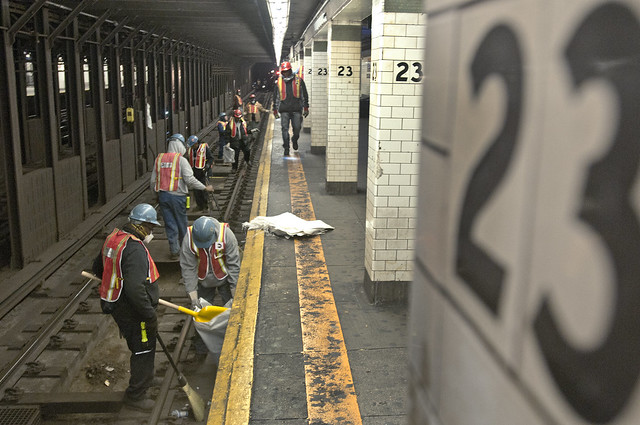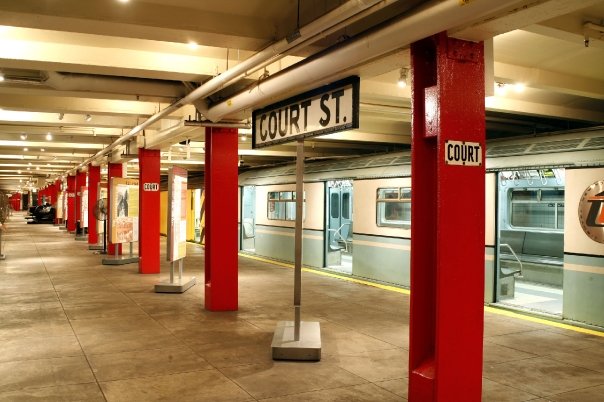A walk west down Vesey St. from its intersection at Church St. can be a hazardous undertaking as a seemingly endless amount of people stream into Lower Manhattan from the PATH train terminal at the World Trade Center. If those crowds of people seem to be growing, that’s because PATH ridership is too. In fact, the agency announced this week that ridership is at an all-time high under the Port Authority as 76.6 million commuters took PATH trips in 2011.
The previous high had been 74.9 in 2008, and the 2011 jump in ridership amounted to a 3.6 percent increase over 2010. Port Authority officials credited an investment program amounting to over $1 billion in upgrades as a main driver behind the increase. Steep fare hikes in New Jersey likely played a role as well. “Our multi-billion-dollar commitment to transform PATH into a 21st century rail system has paid dividends,” Port Authority Chairman David Samson said. “More people are taking notice of what PATH has to offer and are choosing it as their preferred mode of travel between New York and New Jersey.”
With an entirely new fleet of rolling stock already on hand, the PATH system will soon enjoy more station renovations and a fully computerized signal system. The WTC-Newark line is also undergoing a transformation that will allow for 10-car sets, and of course, the Calatrava-designed hub in Lower Manhattan will open eventually as well. Now if only PATH and New York City Transit would integrate their fare payment mechanisms.



 This past weekend marked the first of many a circular ride for Queens commuters as the
This past weekend marked the first of many a circular ride for Queens commuters as the 
 As subway construction along Second Ave. marches forward, residents have been up in arms over just about everything. There’s constant construction, noise, dirt, debris, blasting, smoke, drilling. You name it, and it’s happening as the MTA works to buil a subway line through a densely populated area. Businesses are shuttering, and people want to move out. But for the hardy among us who can withstand the area, it might not be a bad time to move in.
As subway construction along Second Ave. marches forward, residents have been up in arms over just about everything. There’s constant construction, noise, dirt, debris, blasting, smoke, drilling. You name it, and it’s happening as the MTA works to buil a subway line through a densely populated area. Businesses are shuttering, and people want to move out. But for the hardy among us who can withstand the area, it might not be a bad time to move in.